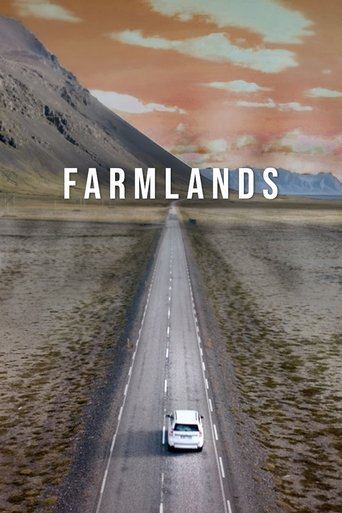
01 Nov 2019

Farmlands
A detailing of the plight of white South African farmers.
Two men. Two quests. Two centuries apart. Four ways to experience the search for a lost tribe. Film. Book. Album. App.

01 Nov 2019

A detailing of the plight of white South African farmers.
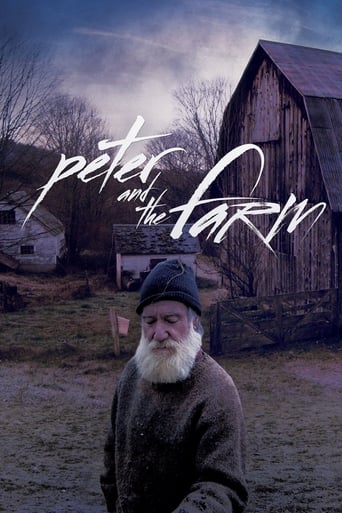
04 Nov 2016

Peter Dunning is a rugged individualist in the extreme, a hard-drinking loner and former artist who has burned bridges with his wives and children and whose only company, even on harsh winter nights, are the sheep, cows, and pigs he tends on his Vermont farm. Peter is also one of the most complicated, sympathetic documentary subjects to come along in some time, a product of the 1960s counterculture whose poetic idealism has since soured. For all his candor, he slips into drunken self-destructive habits, cursing the splendors of a pastoral landscape that he has spent decades nurturing.
02 Sep 1898
American Indians dancing.
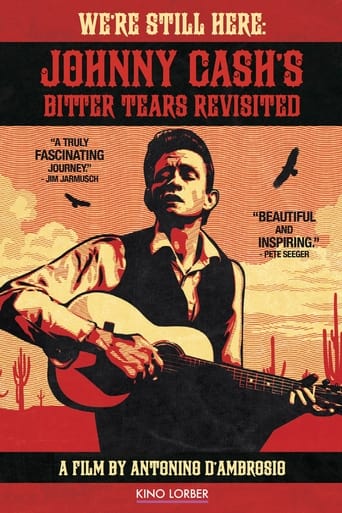
20 Nov 2015

The story behind Johnny Cash's lost Native American-themed concept album and his unique collaboration with folk artist Peter Lafarge. The film also chronicles the reimagining of Cash's highly controversial 1964 record on its 50th anniversary, as recorded at Nashville's historic Sound Emporium Studios. Based on Antonino D'Ambrosio's book "A Heartbeat and a Guitar: Johnny Cash and the Making of Bitter Tears."

15 Jul 2016

Bestselling author and influential filmmaker Dinesh D’Souza reveals the sordid truth about Hillary Clinton and the secret history of the Democratic Party. This important and controversial film releases at a critical time leading up to the 2016 Presidential campaign and challenges the state of American politics.
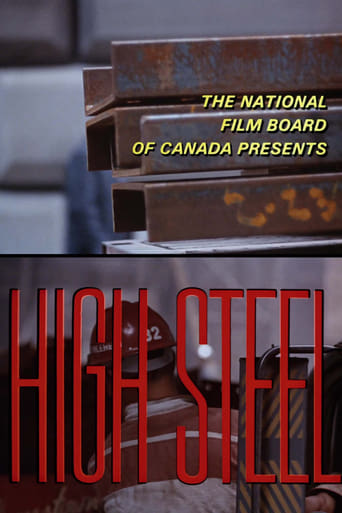
01 Jan 1965

A dizzying view of Manhattan in the 1960s, the tallest town in the world, and the men who work cloud-high to keep it growing. They are the Mohawk Indians from Kahnawake, near Montréal, famed for their skill in erecting the steel frames of skyscrapers. The film shows their nimble work, high above the pavement, but there are also glimpses of the quieter community life of the old Kahnawake Reserve.
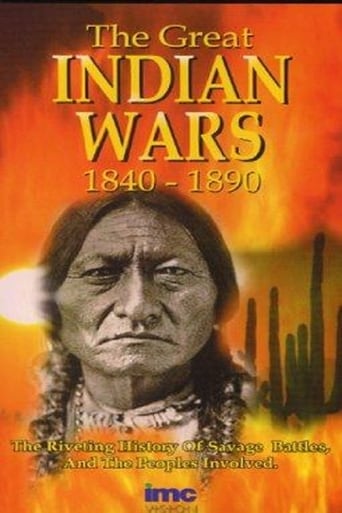
19 Mar 1991

Documentation of the encroachment of European settlers upon Native American lands and the violent reaction of the Indians in their struggle to survive.
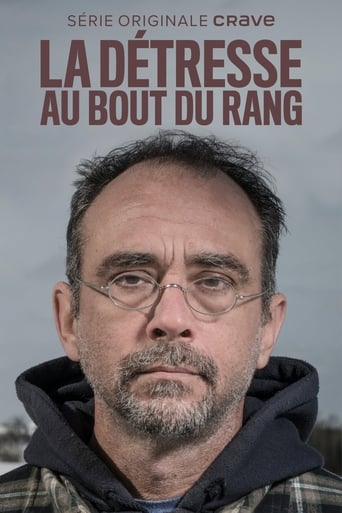
27 Mar 2020

No overview found
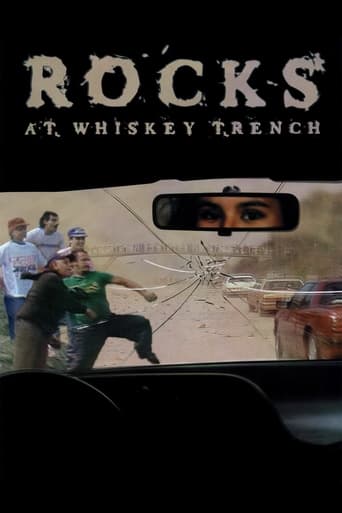
21 Jun 2000

The fourth film in Alanis Obomsawin's landmark series on the Oka crisis uses a single, shameful incident as a lens through which to examine the region's long history of prejudice and injustice against the Mohawk population.
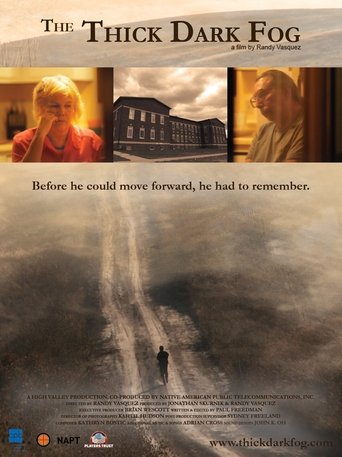
05 Nov 2011

Walter Littlemoon attended a federal Indian boarding school in South Dakota sixty years ago. The mission of many of these schools in 1950, was still to “kill the Indian and save the man.” The children were beaten, humiliated or abused if they spoke their language or expressed their culture or native identity in any way. The trauma led many to alcoholism and violence in adulthood. At age 58, Walter began writing his memoirs as a way to explain his own abusive behaviors to his estranged children, but he could not complete the project without confronting the “thick dark fog” of his past so he could heal.
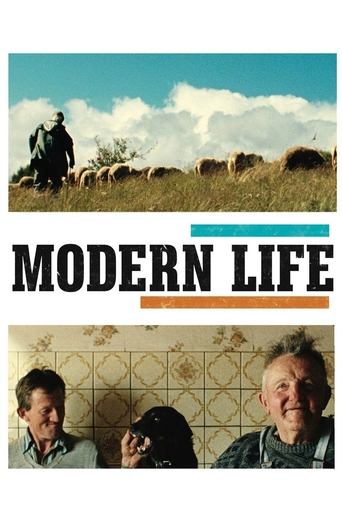
29 Oct 2008

For ten years, Raymond Depardon has followed the lives of farmer living in the mountain ranges. He allows us to enter their farms with astounding naturalness. This moving film speaks, with great serenity, of our roots and of the future of the people who work on the land. This the last part of Depardon's triptych "Profils paysans" about what it is like to be a farmer today in an isolated highland area in France. "La vie moderne" examines what has become of the persons he has followed for ten years, while featuring younger people who try to farm or raise cattle or poultry, come hell or high water.
01 Jan 1990
The story of the Yuma Crossing, the place where centuries of travelers crossed the Colorado River as told in a series of reenacted vignettes by colorful characters from the Quechan tribe, the conquistadores, Father Kino, Olive Oatman and others up until the first bridge was built in the 1920's.
16 Oct 1989
A film made by Victress Hitchcock and Ava Hamilton in 1989 on the Wind River Reservation for Wyoming Public Television.
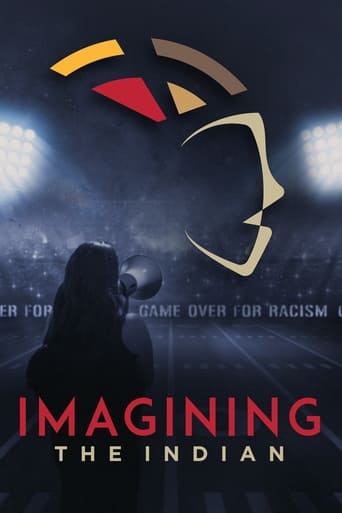
14 Jan 2021

Examining the movement that is ending the use of Native American names, logos, and mascots in the world of sports and beyond.
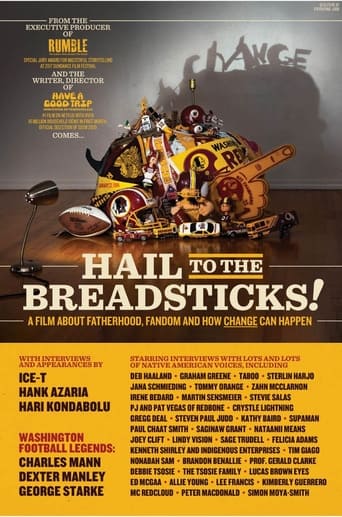
25 Jun 2023

Writer producer Donick Cary (The Simpsons, Parks and Recreation, Have a Good Trip, etc.) has been a huge fan of the Washington D.C. pro football team since before he could walk. Passed down from his dad, he was excited to pass the tradition onto his kids. Donick never questioned the team name and or Native American logo until one day, while watching a game, his 9-year-old son, Otis, asked him if it was racist. When Otis suggests they ask Native Americans how they feel, it sends the two on a cross-country journey full of unexpected surprises.
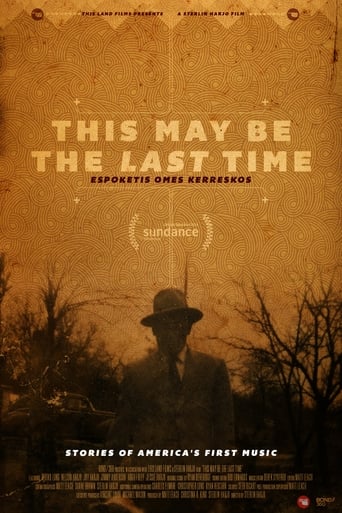
19 Jan 2014

Filmmaker Sterlin Harjo's Grandfather disappeared mysteriously in 1962. The community searching for him sang songs of encouragement that were passed down for generations. Harjo explores the origins of these songs as well as the violent history of his people.
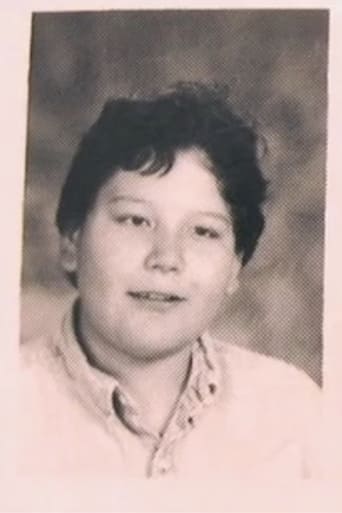
09 Jul 2010

Documentary about the Red Lake school shooting and its perpetrator, Jeff Weise.
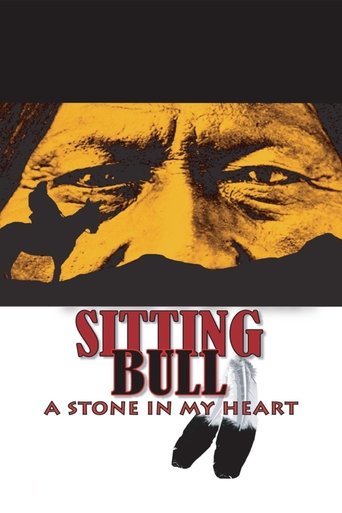
01 Nov 2006

Award-winning documentary, Sitting Bull: A Stone in My Heart, makes extensive use of Sitting Bull’s own words, giving the viewer an intimate portrait of one of America’s legendary figures in all his complexities as a leader of the great Sioux Nation: warrior, spiritual leader and skilled diplomat. Sitting Bull’s words, as portrayed by Adam Fortunate Eagle, dominate this story. Augmented by a narrator’s historical perspective, over six-hundred historical photographs and images, and a compelling original music score, the film brings to life the little-known human side of Sitting Bull as well as the story of a great man’s struggle to maintain his people’s way of life against an ever-expanding westward movement of white settlers. It is a powerful cinematic journey into the life and spirit of a legendary figure of whom people have often heard but don’t really know.
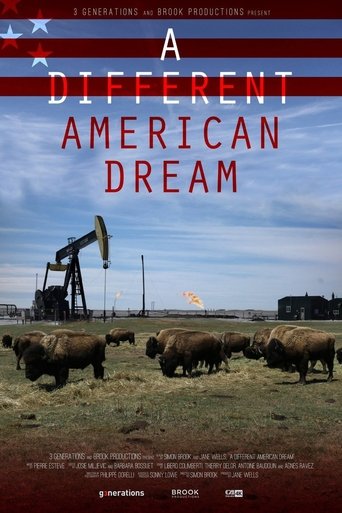
06 Jan 2017

In North Dakota an Indian nation finds itself at a critical moment in its long history. The Three Affiliated Tribes face catastrophic damage to their land and culture as a result of the recent oil boom on the Fort Berthold Reservation.
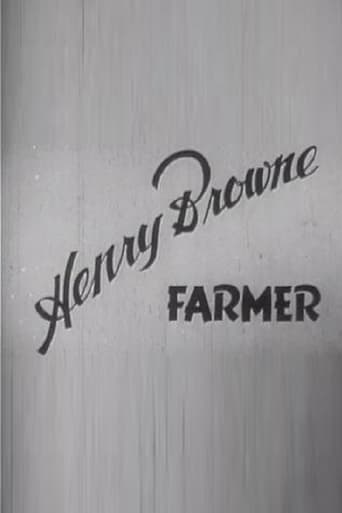
15 Nov 1942

Henry Browne, an African American farmer, and his family are profiled in this film. The important job of a farmer during times of war is highlighted, specifically his efforts growing peanuts and cotton. This role is made even more poingnant when they visit the eldest son who is a cadet in the 99th Pursuit Squadron.